whaaaaaaaaaaaaaaaaaaaaaaaaaaaaaaaaaaaaat???
all this babble about different ways to insulate
and then a youtube video tutorial from some people insulating a shipping container home -that had never done it before …
I thought this was from someone that had experience doing it
nice to see different types of insulation -thanks for that 🙂
but I`m still confused
conclusion: here are different types of insulation -still don`t know what to use
and it should be noted about spray foam insulation that it can be incredibly toxic -even after it is applied and can cause a lot of severe health issues -scary stuff

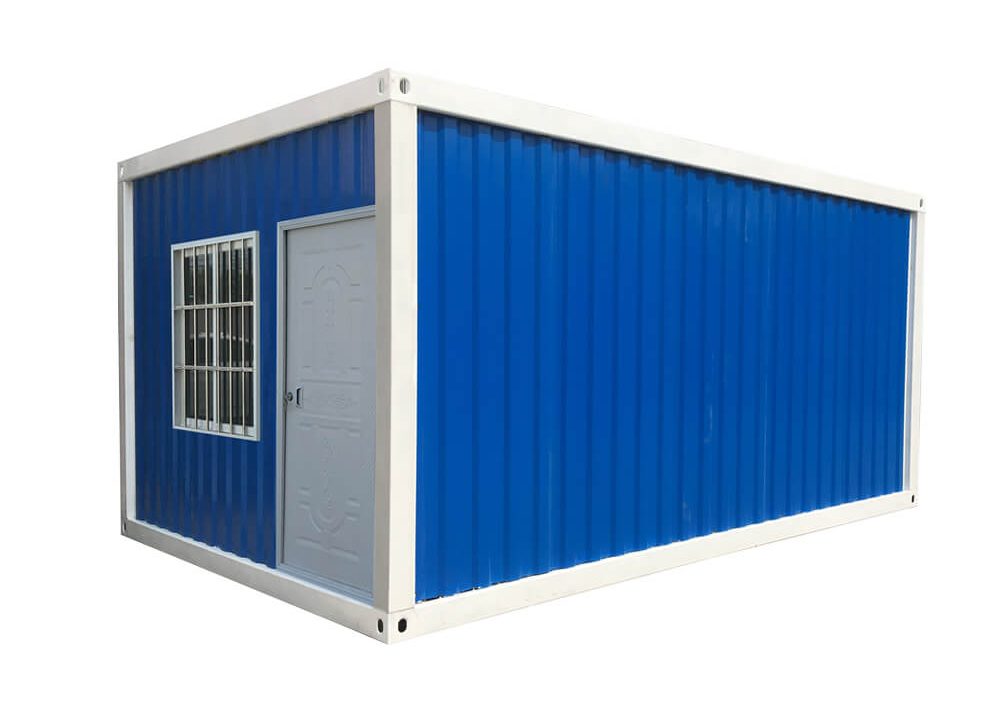
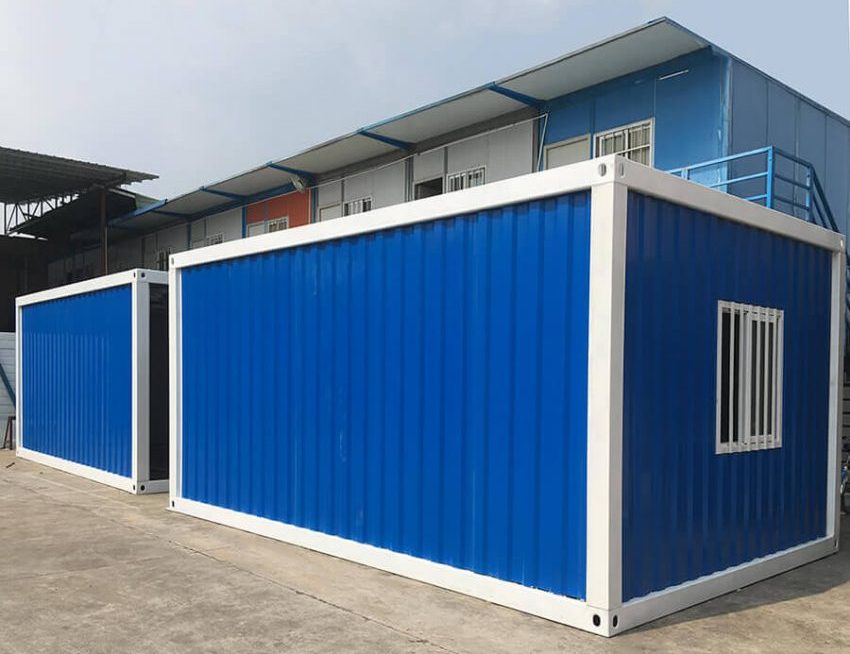
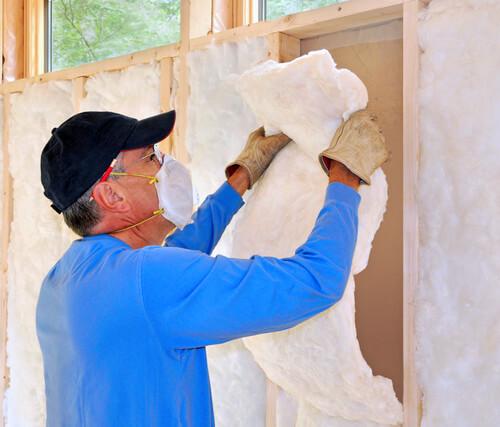
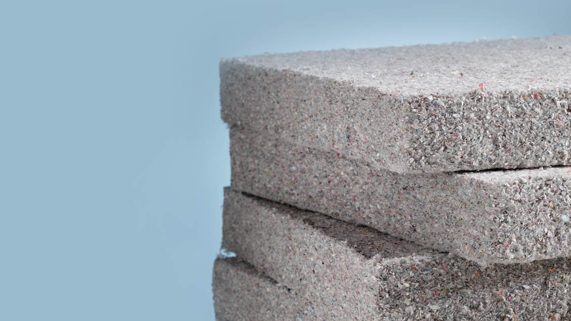
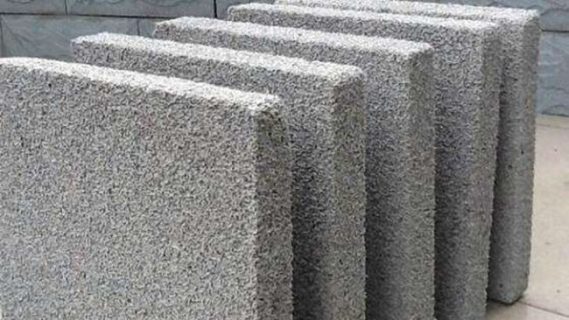

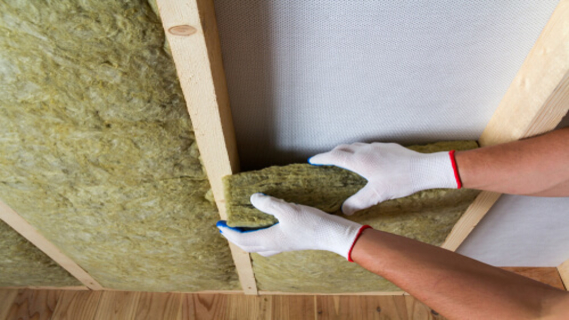
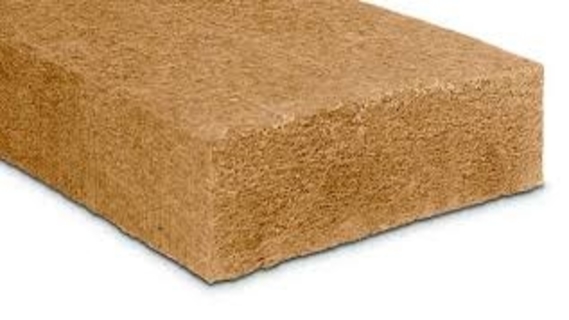
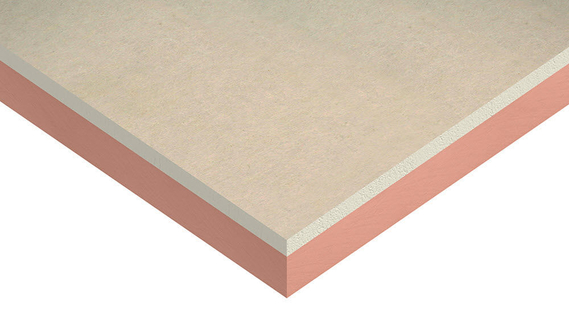
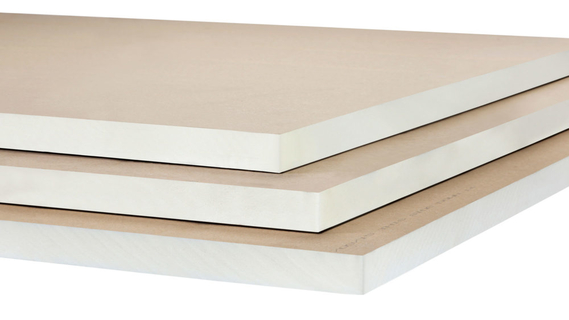
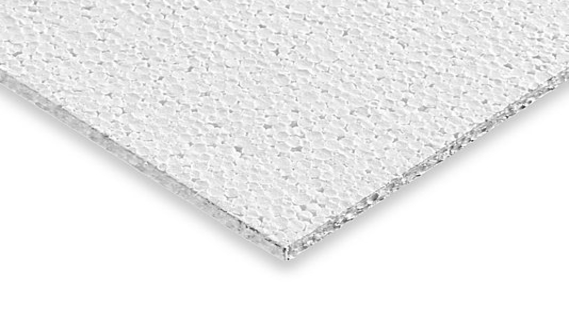
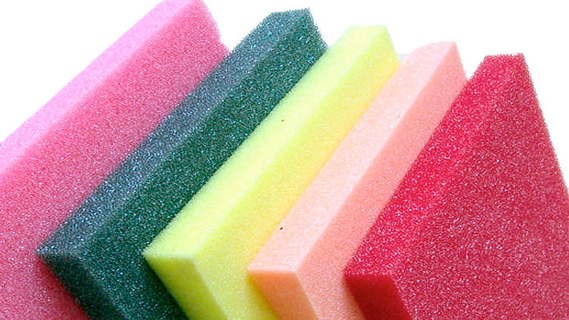
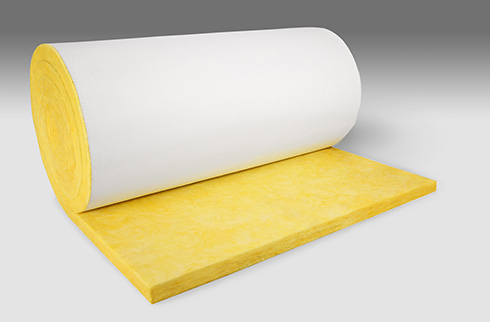



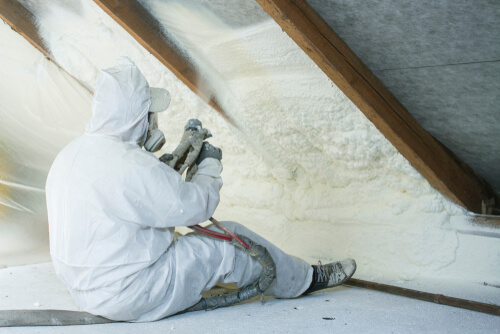
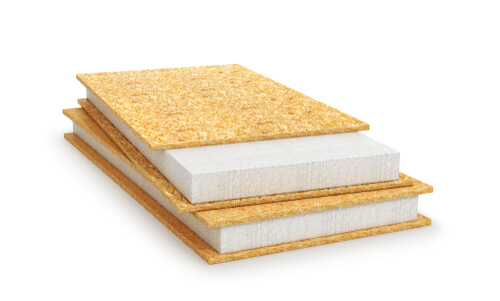
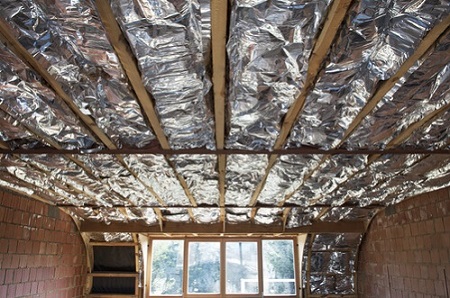






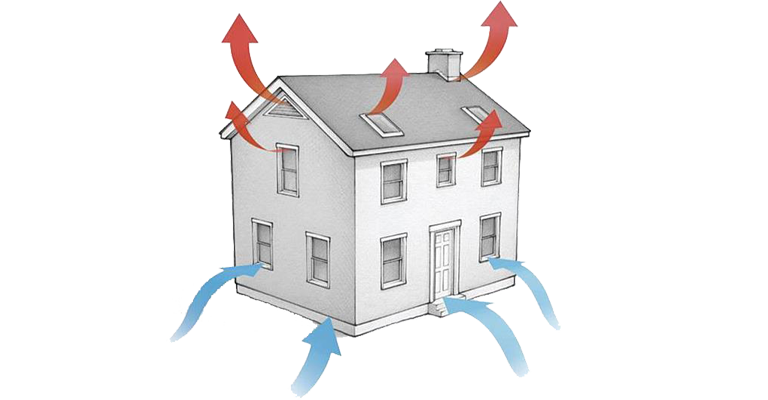


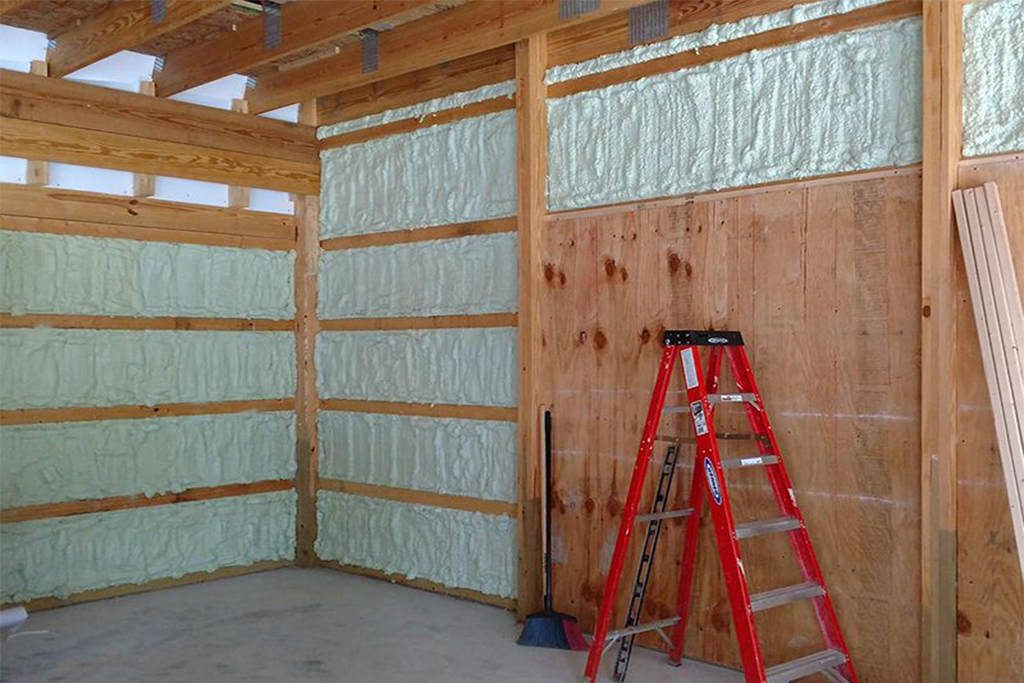
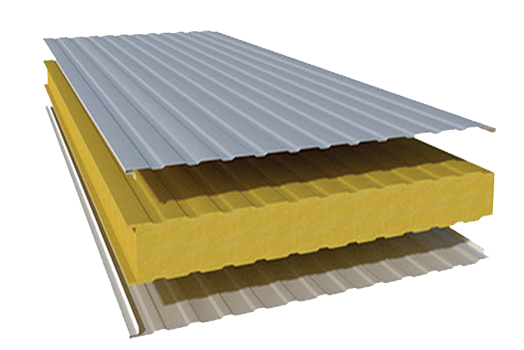





I do not even know how I ended up here, but I believed this put up was once great.
I don’t realize who you’re but certainly you’re
going to a well-known blogger in the event you are not already.
Cheers!
My colleagu will get back to you later